Table of content
In the realm of holistic wellness and traditional cuisine, nourishing porridge stands as a timeless testament to the wisdom of combining simple, natural ingredients to promote health and vitality. This ancient practice, deeply rooted in various cultures across Asia, Europe, and beyond, has evolved into a modern wellness trend, celebrated for its ability to soothe the soul, nourish the body, and enhance overall wellbeing. This article delves into the art of crafting delicious and nutritious porridge, exploring traditional recipes, understanding their health benefits, and providing practical tips for making the most of this ancient healing food.
The Essence of Nourishing Porridge
Nourishing porridge, often referred to as congee or jook in different cultures, is a thick, creamy rice-based soup that can be enriched with a variety of ingredients. Its simplicity belies its profound nutritional value, making it an ideal choice for those seeking to improve their digestion, boost their immune system, or simply enjoy a comforting meal. Unlike other rice dishes, porridge is cooked to a consistency that is easy to digest, making it suitable for all ages, including infants and the elderly.
Traditional Ingredients and Their Benefits
The foundation of any good nourishing porridge is rice, typically short-grain varieties like japonica or glutinous rice, which yield a creamy texture when cooked. However, the true magic of porridge lies in the addition of various ingredients that not only enhance its flavor but also amplify its health benefits.

-
Rice: Rich in carbohydrates and essential amino acids, rice provides a steady release of energy, supporting brain function and physical endurance.
-
Water or Broth: Using high-quality water or homemade broth adds depth of flavor and essential minerals to the porridge. Chicken or vegetable broth can introduce additional nutrients.
-
Ginger and Garlic: These aromatic roots are known for their anti-inflammatory and immune-boosting properties. A small piece of ginger or a clove of garlic can transform a plain porridge into a healing elixir.
-
Vegetables: Incorporating finely chopped vegetables like carrots, spinach, or zucchini boosts the fiber content and provides essential vitamins and minerals.
-
Protein Sources: Adding lean meats like chicken breast, pork, or fish, as well as legumes and tofu, ensures a balanced meal that supports muscle repair and growth.
-
Herbs and Spices: Traditional herbs like cilantro, parsley, or turmeric add a burst of color and antioxidants, further enhancing the porridge’s therapeutic qualities.
-
Nuts and Seeds: A sprinkle of sesame seeds, chia seeds, or chopped nuts adds healthy fats, protein, and a delightful crunch.
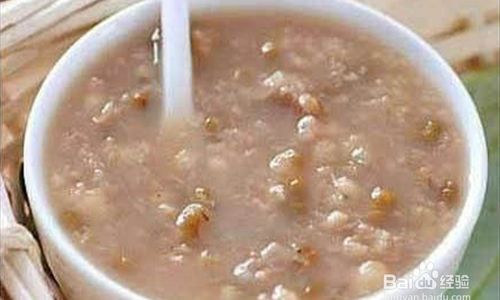
-
Sweeteners: Natural sweeteners like honey, coconut sugar, or dried fruits like dates can balance out savory flavors, providing a touch of sweetness without overloading on refined sugars.
Traditional Recipes
Chicken and Ginger Porridge
Ingredients:
- 1 cup short-grain rice
- 4 cups chicken broth (or water with a chicken bouillon cube)
- 1 small piece of fresh ginger, sliced thinly
- 1 clove garlic, minced
- 1 boneless, skinless chicken breast, shredded
- 2 green onions, chopped
- Salt and pepper to taste
Instructions:
- Rinse the rice under cold water until the water runs clear.
- In a large pot, combine the rice, broth, ginger, and garlic. Bring to a boil, then reduce the heat to low and simmer, covered, for about 45 minutes or until the rice is tender and the porridge has thickened.
- Add the shredded chicken during the last 10 minutes of cooking.
- Season with salt and pepper to taste.
- Garnish with chopped green onions before serving.
Vegetable and Tofu Porridge
Ingredients:
- 1 cup short-grain rice
- 4 cups vegetable broth (or water with vegetable bouillon)
- 1 small onion, finely chopped
- 1 carrot, diced
- 1 zucchini, diced
- 1 block firm tofu, cubed
- 2 tablespoons soy sauce or tamari
- 1 teaspoon sesame oil
- Fresh cilantro, chopped (for garnish)
Instructions:
- Rinse the rice and set aside.
- In a pot, sauté the onion in sesame oil until translucent.
- Add the rice and vegetable broth, bring to a boil, then reduce to a simmer and cook, covered, for 30 minutes.
- Add the carrots and zucchini, continue cooking for another 15 minutes or until the vegetables are tender.
- Gently fold in the tofu cubes and soy sauce.
- Garnish with fresh cilantro before serving.
Tips for Perfecting Your Porridge
-
Patience is Key: The secret to creamy, silky porridge lies in slow cooking. Allowing the rice to simmer gently ensures that it breaks down and releases its starches, creating a rich, velvety texture.
-
Quality Ingredients: Always use high-quality rice and broth. Homemade broth adds an unparalleled depth of flavor and nutrition.
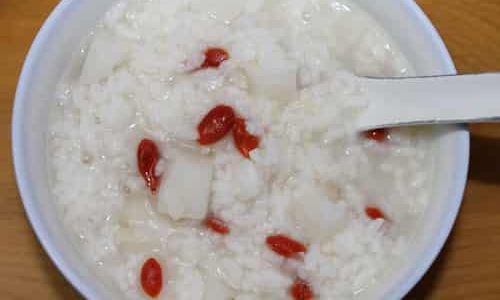
-
Seasoning: Taste your porridge frequently as it cooks, adjusting the seasoning to your preference. A well-seasoned porridge can elevate even the simplest ingredients.
-
Texture Variations: Experiment with different grains like barley, quinoa, or oats for a nutritional twist. These can be mixed with rice or used as a standalone base.
-
Creative Additions: Don’t be afraid to innovate. Add miso paste for a umami boost, incorporate fruits like apples or pears for a sweet variation, or blend in some greens for an extra nutrient punch.
Conclusion
Nourishing porridge is more than just a meal; it’s a practice of self-care and a celebration of the simple, yet profound, power of food to heal and nourish. By mastering the art of crafting traditional porridge recipes, you not only honor age-old culinary traditions but also empower yourself with the knowledge to create nutritious, comforting meals that support your health and wellbeing. Whether you’re recovering from an illness, seeking a gentle introduction to solid foods for your baby, or simply looking for a soothing, satisfying dinner, nourishing porridge stands ready to serve its timeless purpose. Embrace its versatility, experiment with new ingredients, and let the warmth of a good porridge wrap you in its healing embrace.
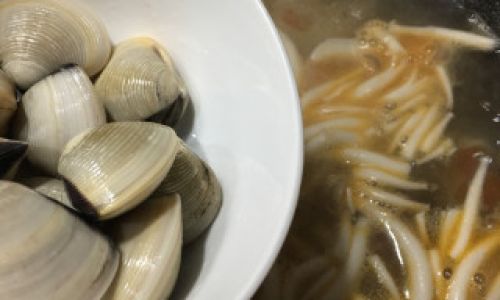
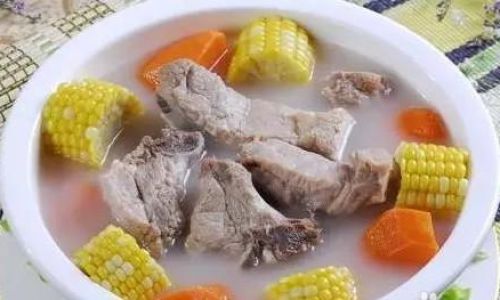
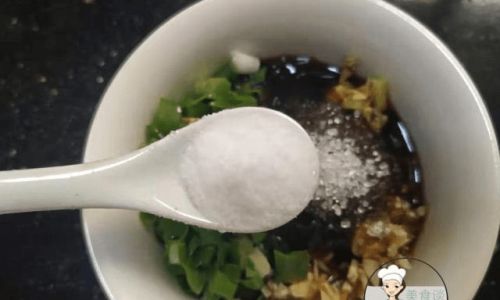
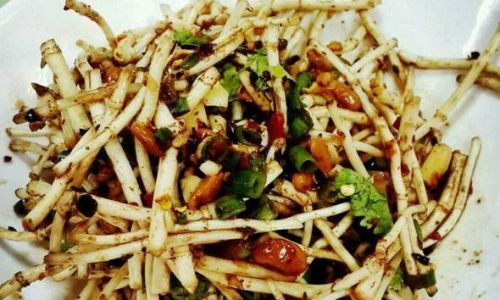
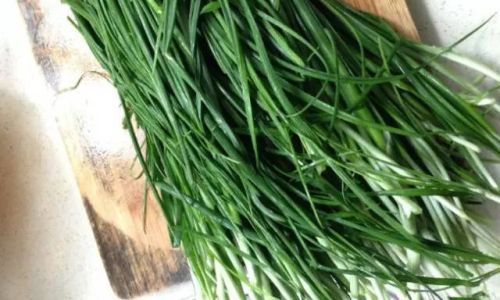
0 comments